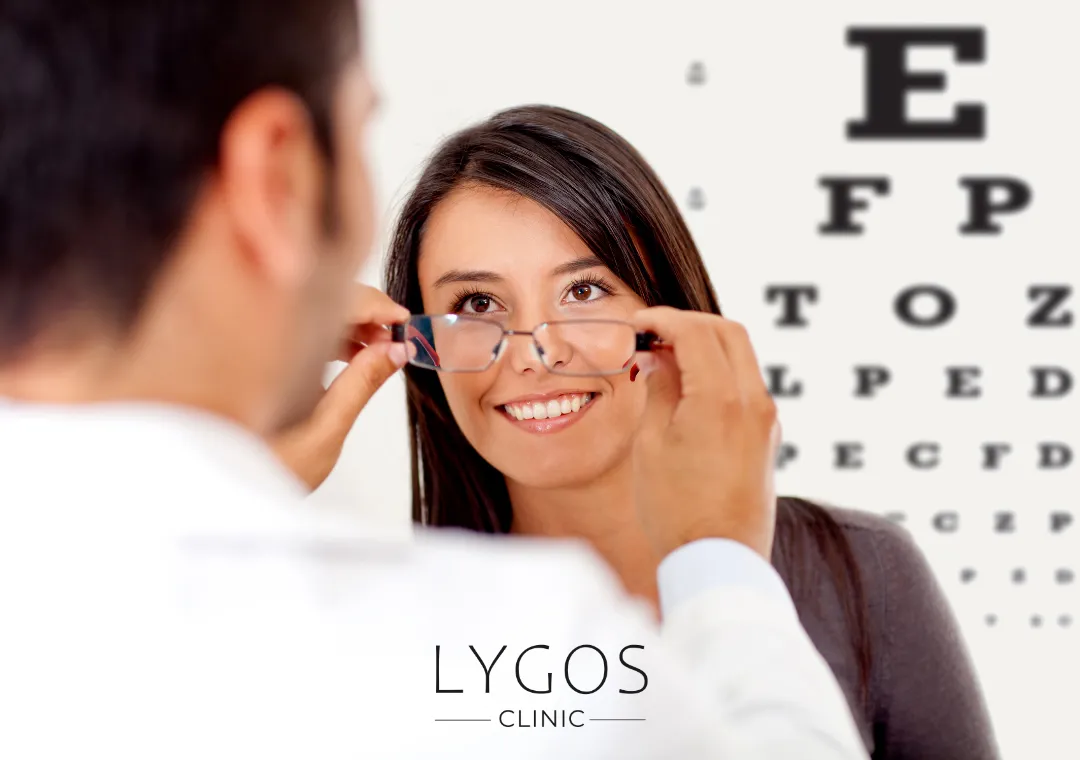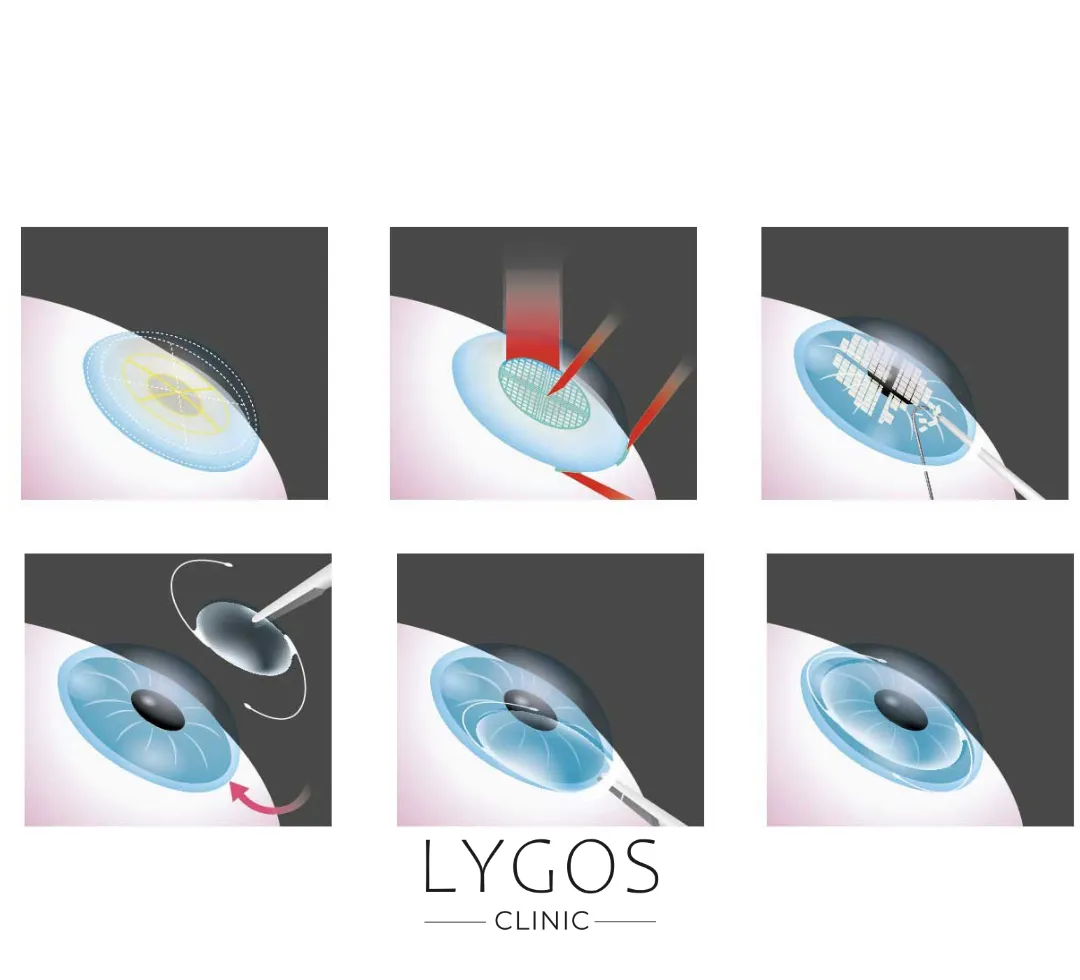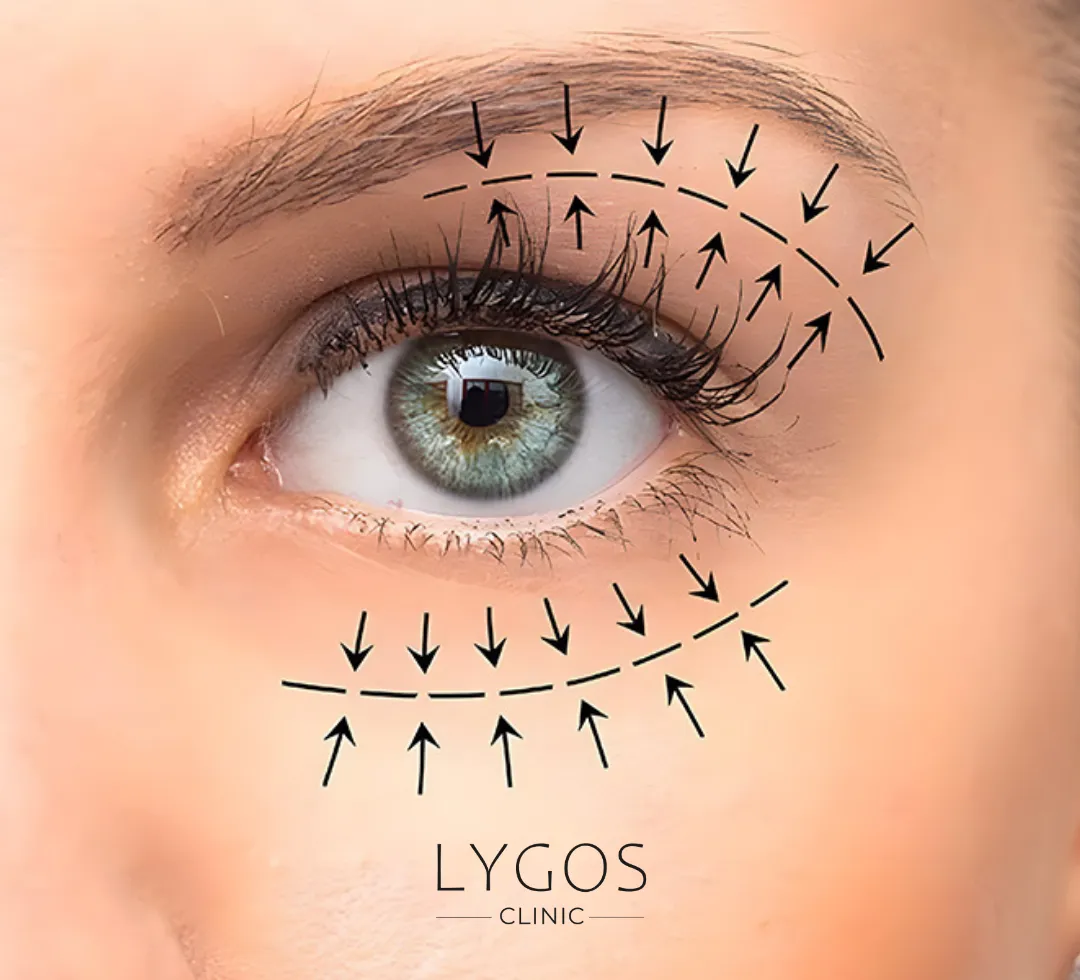What is Strabismus?
Get Free Consultation
Chose Your Topic

What are the Symptoms of Strabismus?
Strabismus, which is common in childhood, is a condition in which the eyes cannot work parallel to each other. Normally, both eyes focus on the same point, but in strabismus, one eye looks straight while the other shifts up, down, inward or outward. This condition may be temporary or permanent. The severity of the shift varies according to the cause of the disease. So, what are the symptoms of strabismus?
The most obvious symptom of strabismus is that the eyes do not move in harmony with each other. When children with strabismus are looking at a point, one of their eyes is directed at a different angle. To recognize this, sometimes the child may need to close one eye in the sun. It can also be manifested by behaviors such as tilting the head forward to use both eyes. Other symptoms of strabismus include:
- Watering of the eyes
- Head and eye pain
- Double vision
- Loss of three-dimensional vision
- Blurred vision
- Turning the head and eye to one side is one of the symptoms of strabismus
How is Diabetic Retinopathy Surgery Performed?
Strabismus can usually be easily diagnosed with a clinical eye examination. Especially in children with a family history of strabismus, the risk of this disease is higher. Early diagnosis and treatment of strabismus in childhood significantly increases the success rate.
Therefore, it is critical that children undergo one or more eye screenings before the age of 4. Early intervention can prevent more serious vision problems in the future. This, in turn, can positively affect the child’s quality of life.
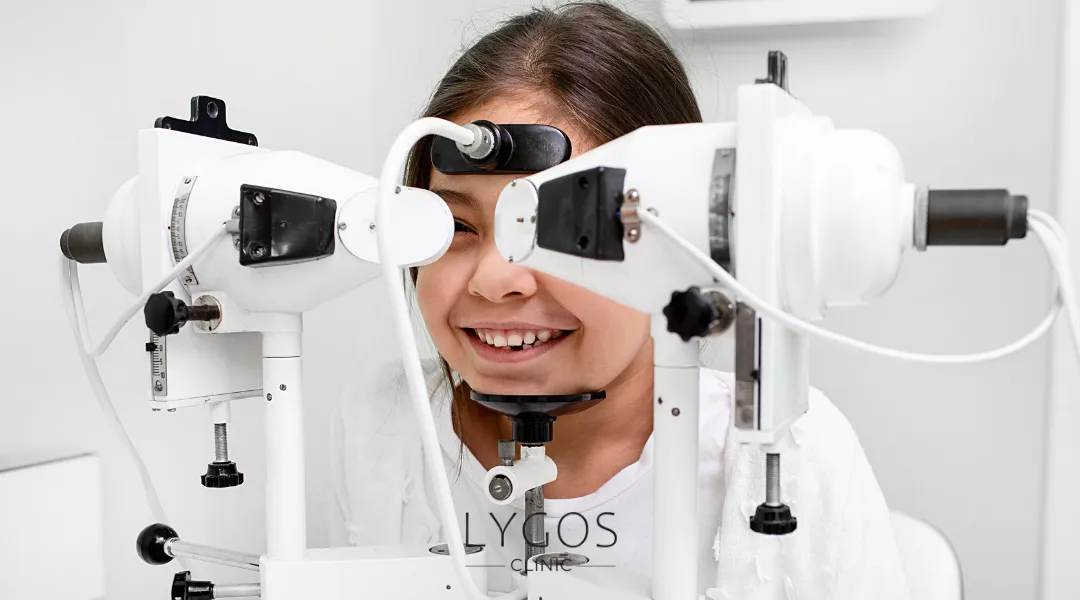
What are the Types of Strabismus?
Congenital Strabismus: Strabismus is present from birth and is usually caused by genetic factors. It is important to detect it at an early age.
Strabismus Due to Muscle Paralysis: It occurs when the eyes lose their normal movements as a result of paralysis of the eye muscles. This causes the eye muscles not to work properly enough.
Strabismus due to refractive error: Refractive errors in the eye, such as myopia or hyperopia, can cause the eyes to not be parallel. This type of strabismus can be corrected with appropriate glasses or lenses.
Strabismus in Adulthood: It is a type of strabismus that usually occurs at an older age and can be caused by different reasons. It can develop in adults as a result of various health problems or traumas.
Hidden Strabismus: It is a strabismus that occurs only in some special situations or when the eye gets tired, without a significant shift. It is usually not noticeable in daily activities.
These types are important elements to consider during the diagnosis phase so that strabismus treatment can be planned effectively.

Strabismus Treatment with Botox
Strabismus is a condition in which the eyes are not parallel to each other and can occur for various reasons such as congenital brain damage, hereditary factors, intraocular tumors and paralysis of the eye muscles. Many methods can be applied in the treatment of this condition; one of them is botox strabismus treatment.
This FDA-approved method, which has been used since 1989, has been successfully applied in our country for the last 10 years. Botox strabismus treatment can be especially effective in certain types. In types of strabismus that develop suddenly due to eye muscle paralysis, it is usually necessary to wait 6 months for surgical intervention. In this process, patients may encounter problems such as double vision.
Botox treatment both eliminates double vision and corrects the slippage in the eye during this 6-month waiting period. Botox treatment is also used in congenital strabismus. Since the risk of anesthesia is high in babies who need surgery at an early age, Botox application is preferred in this age group. Strabismus is more common especially in babies with congenital brain pathology.
In this case, the risk of anesthesia is also high. Therefore, strabismus treatment with Botox may be a suitable alternative. Botox treatment can also be effective after strabismus surgeries. When a complete recovery cannot be achieved after surgery, the remaining small angular shifts can be corrected with botox. Botox can also be used to support the treatment and increase the success rate in some strabismus surgeries. This multifaceted treatment approach offers an important option in the treatment of strabismus and can improve the quality of life of patients.
Causes of Strabismus in Babies
- Genetic factors
- Experiencing infections such as measles
- Cerebral palsy
- Some problems in the brain and nerves
- Development problems
- Conditions such as Down syndrome
Eye Shift and Strabismus
Strabismus and strabismus can occur in anyone from a baby to an adult. In children with high eye numbers, it is common for the eyes to slip when trying to see clearly. Sudden onset of misalignment can be a sign of masses, especially in the eye or in the head. These conditions should be evaluated immediately.
While outwardly obvious shifts can be easily recognized, smaller shifts may be overlooked by parents. Since such conditions can lead to problems such as amblyopia (lazy eye), there is a risk of late diagnosis. For this reason, routine eye examinations should be performed at certain age intervals to protect children’s eye health. At 6 months, 1 year, 3-3.5 years and 6 years of age, these examinations are critical for the diagnosis of strabismus and strabismus.
If the slippage persists with the use of glasses, eye muscle correction surgery may be required. Glasses may continue to be worn before and after surgery. In patients with lazy vision, eye closure treatments can be applied before and after surgery. In adults, strabismus treatment is planned according to the amount of slippage. With methods such as prismatic lenses, injection therapy to the eye muscles or strabismus surgery, both slippage and double vision problems can be eliminated. These treatment approaches aim to make the patient's daily life more comfortable by improving the quality of vision.
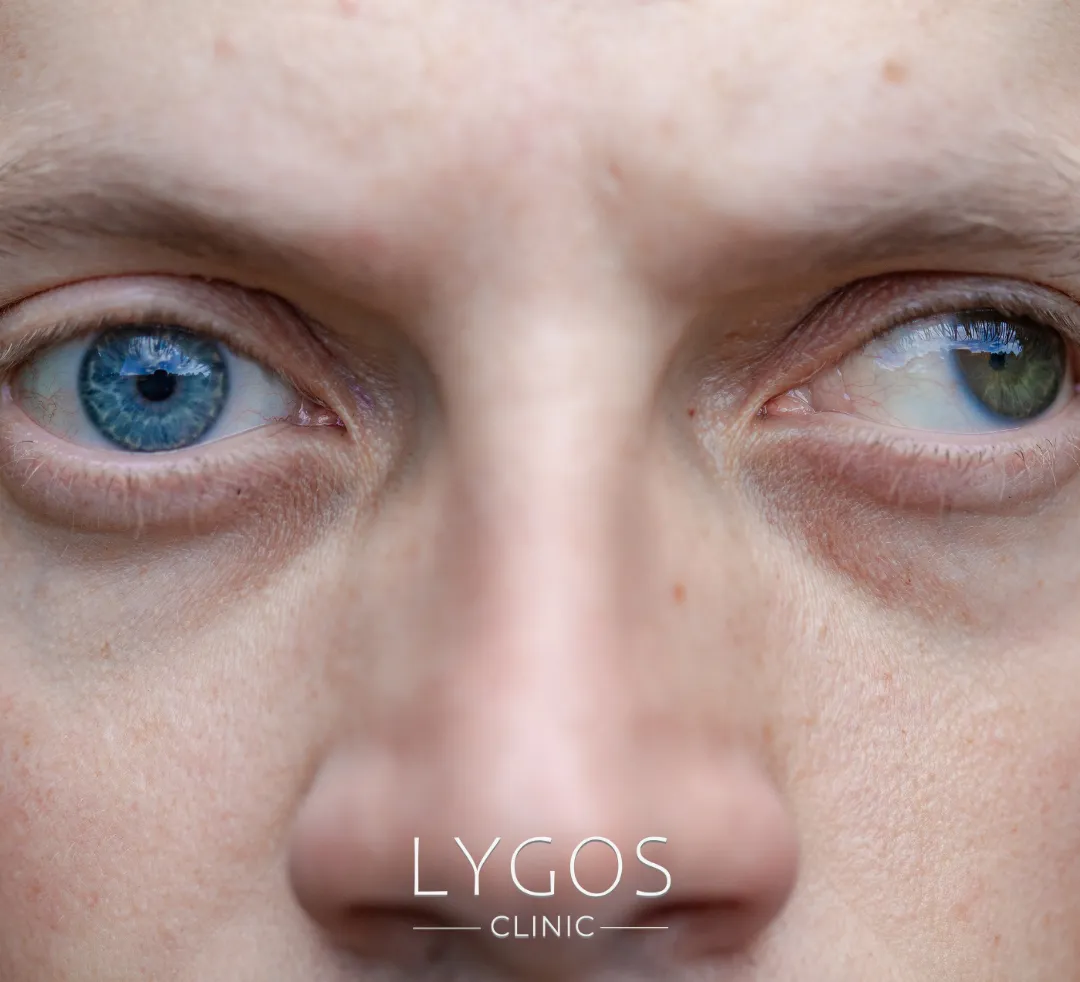
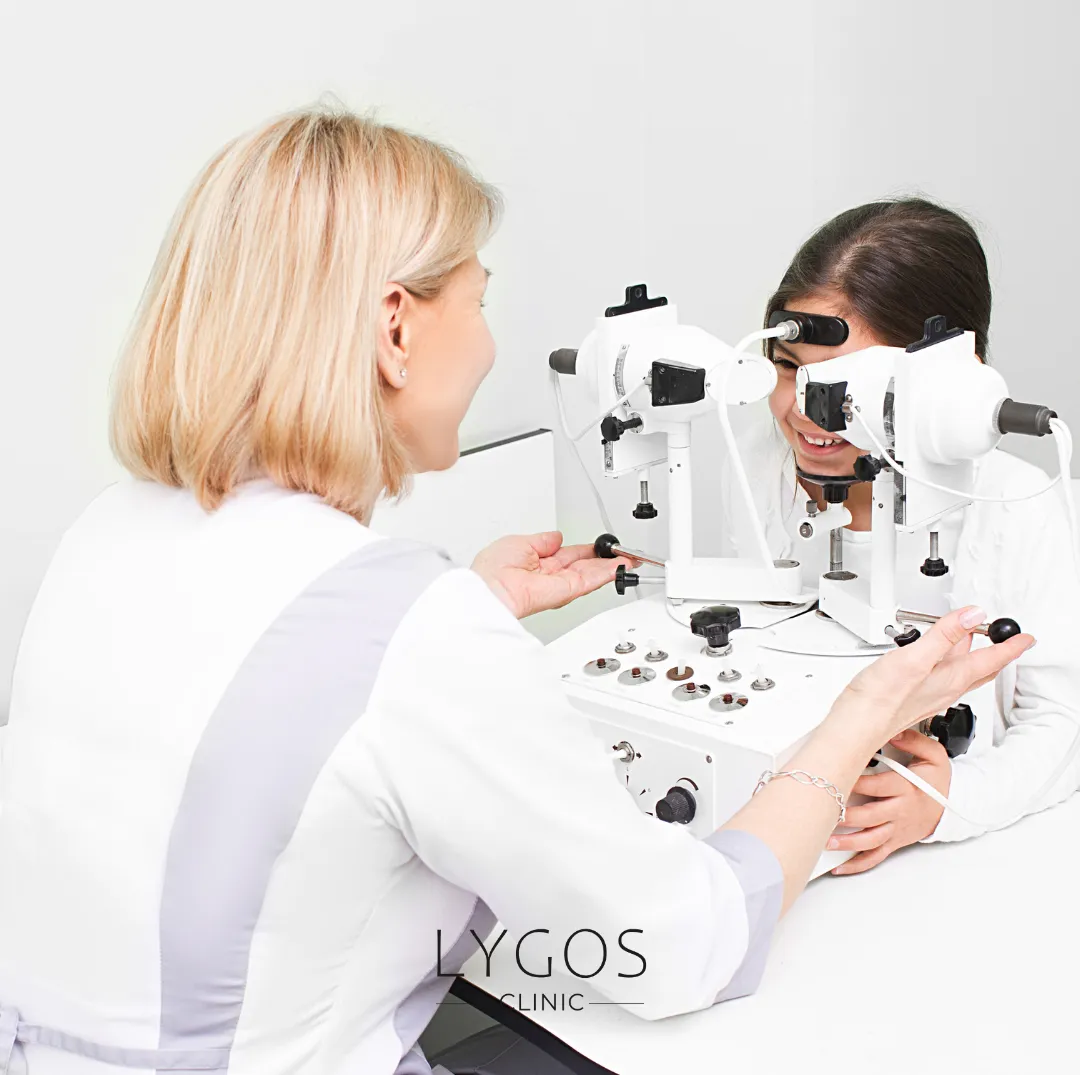
Pseudostrabismus Treatment
The condition known as pseudostrabismus can occur for more than one reason. Among these reasons; anatomical placement of the eye and surrounding structures, the position of the eyeball in the orbital bones, the skin tissue known as epicanthus on the eyelids close to the nose in infants, the width of the nasal root and the positioning of the eyes closer or farther than normal.
Pseudostrabismus is usually caused by the fact that the facial anatomy of infants or children is not yet fully developed. Therefore, false strabismus does not need to be treated because the condition will resolve on its own over time. However, it is critical to detect true strabismus. True strabismus can progress over time and requires early treatment. True strabismus is a condition that needs immediate attention.
If left untreated, it can progress and cause vision problems. False strabismus, on the other hand, usually resolves as the facial structure of babies matures. Pseudostrabismus in adults is usually caused by structural problems with the eyelids or orbit. In this case, surgical solutions such as eyelid or orbital surgeries can be planned. These surgeries can provide both aesthetic and functional improvement by eliminating the cause of false strabismus.
Before and After Strabismus Surgery
Before and after strabismus surgery, the patient has a better appearance in terms of both aesthetics and health. This condition, which can be seen in both eyes, can cause problems such as watery eyes, head and eye pain, double vision and blurred vision.
Therefore, early diagnosis and treatment is very important. Patients who turn into different people before and after strabismus surgery live their social lives more happily and peacefully. These people, who get rid of the problems they experience in their daily lives, also improve psychologically.
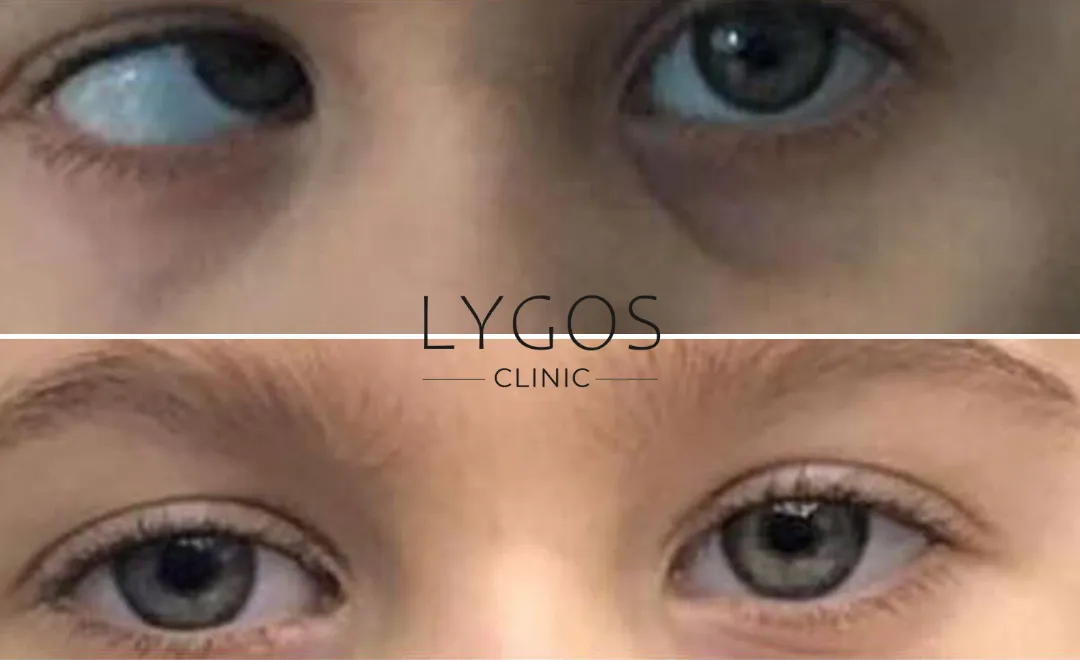
Strabismus Surgery Costs
Frequently Asked Questions About Strabismus Surgery
BLOG

Is Breathing Through the Mouth Harmful?
Chose Your Topic Is Breathing Through the Mouth Harmful? Breathing is one of the most fundamental needs of life. However,

Does Rice Water Make Hair Grow? | Benefits of Rice Water
Chose Your Topic Does Rice Water Make Hair Grow? Natural methods in hair care have become quite popular in recent

Breast Lump | Types: Benign, Malign and Causes | LYGOS 2025
Breast Lump While cancer stands out as one of the most common health problems today, early diagnosis rates are also

